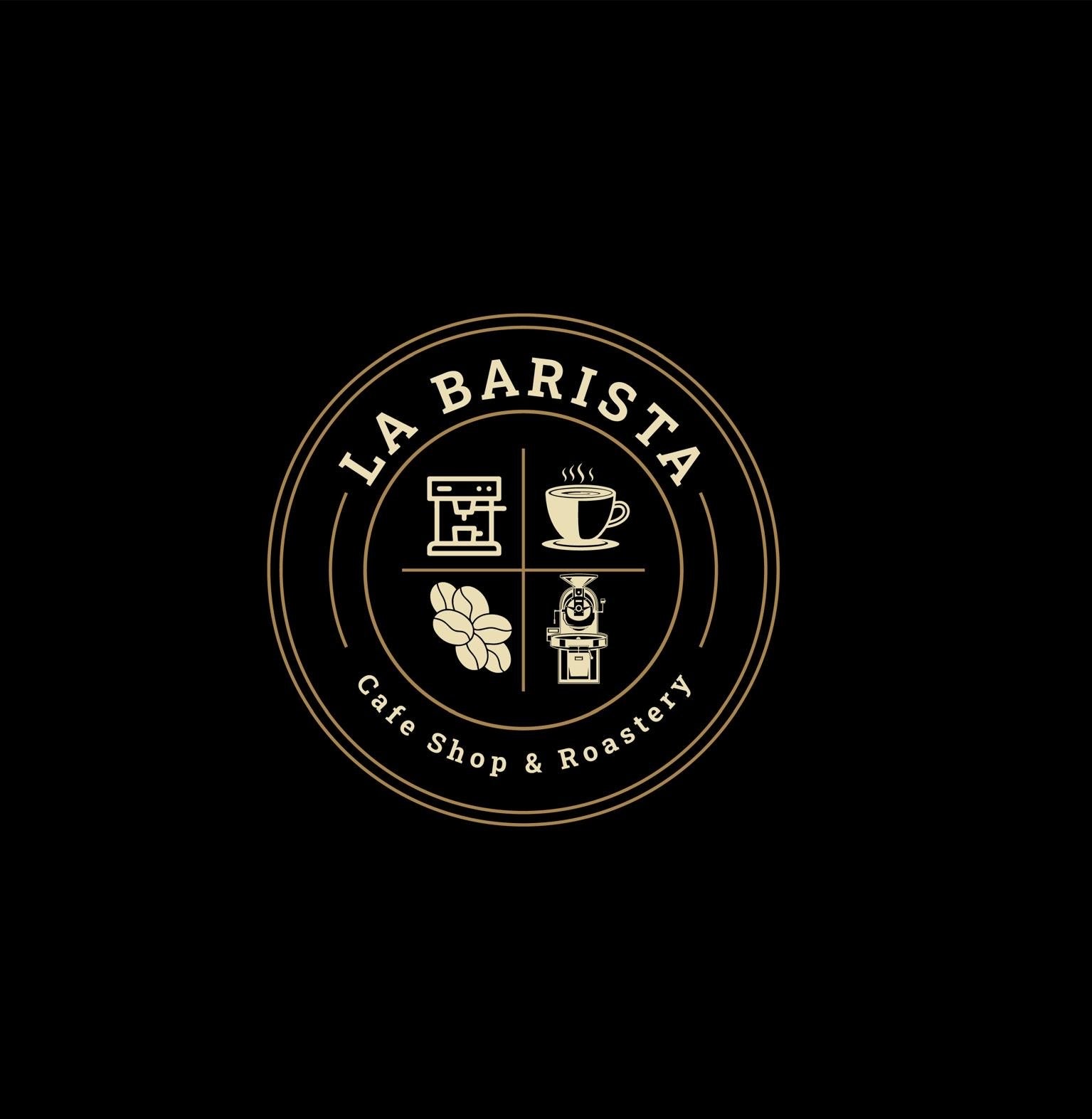Dual Boiler vs. Heat Exchanger – Which espresso machine is the right choice?
Anyone who wants to buy a portafilter machine will sooner or later face the question: Dual Boiler or Heat Exchanger?
Both systems have their advantages – but they differ greatly in price, technology, and comfort.
🔥 What is a Heat Exchanger?
In a Heat Exchanger, the water for the espresso is heated through a pipe inside the steam boiler.
This means: one boiler for steam and brewing water, ideal for users who want to steam milk and brew espresso simultaneously.
👉 Advantage: fast heat-up time, compact design.
👉 Disadvantage: temperature can fluctuate, especially with longer pauses between extractions.
Popular models: Rocket Mozzafiato Fast, ECM Mechanika Max, Profitec Jump
☕️ What is a Dual Boiler?
With a Dual Boiler there are two separate heating circuits – one for espresso, one for steam.
This ensures maximum temperature stability and consistent results, even with multiple consecutive extractions.
👉 Advantage: precise control, perfect for latte art and consistent quality.
👉 Disadvantage: higher purchase costs and longer heat-up time.
Popular models: Lelit Bianca V3, Profitec Ride, ECM Synchronika, La Marzocco Linea Mini R.
⚖️ What is better?
-
For beginners & occasional drinkers → Heat Exchanger: cheaper, compact, quickly ready for use.
-
For aspiring baristas & perfectionists → Dual Boiler: absolute precision, more control, ideal for specialty coffee.
💡 La Barista recommendation
If you value design, performance, and durability, we recommend:
-
Dual Boiler: Lelit Bianca V3 or ECM Synchronika 2
-
Heat Exchanger: Rocket Mozzafiato Fast or ECM Mechanika Max
Both systems have their justification – what matters is how often and how precisely you brew.


leave a comment